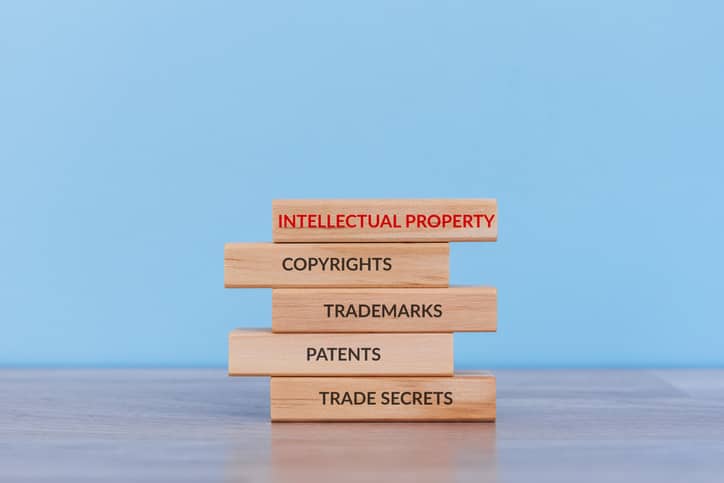Great ideas become the machines and processes we use at work every day; the songs, books and art that capture our imaginations; the foods we crave without knowing why; and the brands we identify with most.
All of these outcomes, inspired by creative thinking, are types of intellectual property (IP) and most are protected by a secure mechanism: copyright, trademark, patent, or trade secret.
Some of the most recognizable businesses today are built around a brand-focused property, says Lynnise E. Pantin, Pritzker Pucker Family Clinical Professor of Transactional Law at Columbia Law School and the lead instructor for “A Legal Toolkit for Starting and Scaling Your Business.”
By understanding the four types of IP and knowing which apply to their business model, business owners can stay ahead of the competition, defend against intentional and accidental infringement, and ensure that their model continues to grow.
Patent
A patent helps inventors and entrepreneurs protect a new, original, and useful application or product that is designed to create public value. Patents, Pantin says, are designed to “prevent others from making, using, or selling your invention without your permission.”
Securing a patent isn’t necessarily difficult, but it may be helpful to seek out a patent attorney to make sure your application is completed and submitted properly to the U.S. Patent and Trademark Office (USPTO).
It’s important to remember that patents last for a maximum of 20 years. Once a patent expires, your invention or product becomes public domain, which means anyone—including competitors—can start making and selling it without threat of recourse.
Trade Secret
A business owner may conceive of something so revolutionary that not only competitors but even foreign governments take risks to learn how it is made or how it works.
But those trade secrets are protected by state and federal laws enacted to help keep certain business knowledge concealed, that is, as long as a business owner does their part to maintain the secret.
A trade secret has an indefinite lifespan, but, according to Pantin, that lifespan is contingent on making sure no one ever divulges the secret, whether intentionally or accidentally.
Trademark
Companies built around a specific brand often use trademarks. Whether protecting a word, slogan, or logo, a trademark can distinguish a company from its competitors and help maintain its integrity.
Trademark protection, however, lasts only 10 years and must be renewed with the U.S. Patent and Trademark Office. The trademark must continue being used in commercial materials to meet the criteria for renewal.
Copyright
Creatives, such as artists, musicians, and writers, rely on copyrights to ensure they have exclusive rights to how that work is used, reproduced, published, or performed.
Unlike a trademark, a copyright exists for the life of its creator plus 70 years after their death.
Protecting Intellectual Property
As companies grow, employees help the brand thrive. So how can a business owner ensure that their companies’ intellectual property is protected?
Pantin recommends adding work-for-hire provisions into employment agreements, which means that anything an employee designs—a catchphrase, artwork, a website, and more—belongs to the company and not the individual who created it.
“Without a work-for-hire provision, any work that your collaborators do belongs to them and not to you or by extension, the company. For example, without a work for hire, the contracted artist who made your logo still owns that logo. The developer who wrote your website code still owns that code,” Pantin says.
She also recommends taking time to document anything you have invented that might qualify for a patent or any proprietary knowledge such as a trade secret, whether that is a recipe, an algorithm or a unique process.
If you have something affecting your business know-how, your job is to keep it a secret and to protect it, says Pantin.
